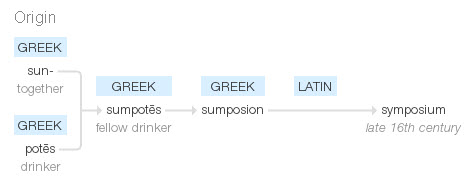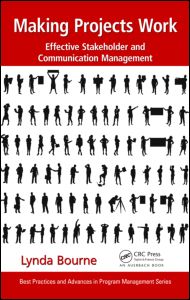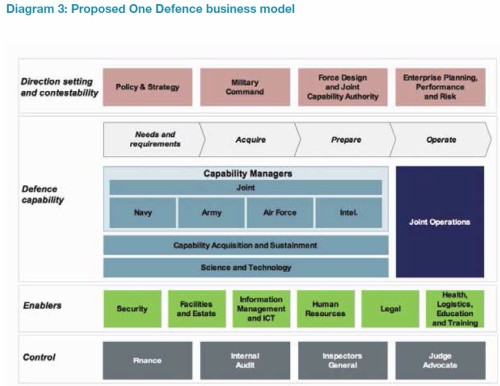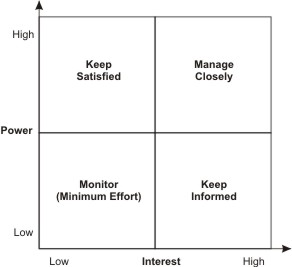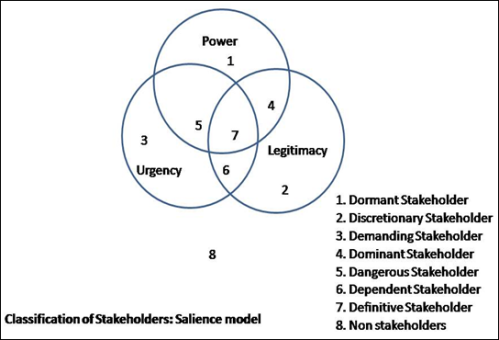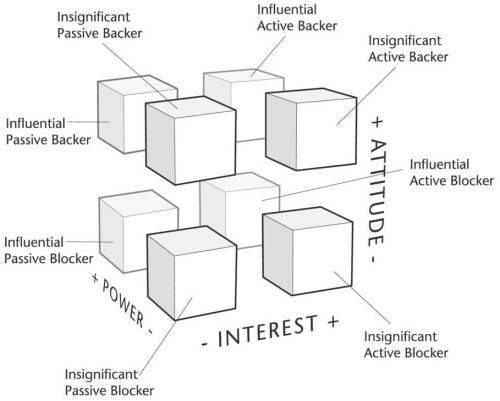Four years ago I was looking for a name to describe the governance and controls ‘conference’ we were intending to spin out of the PMOZ conference. There appeared to be a real opening for a ‘focused event’ looking at the mutual interdependence and almost symbiotic relationship between governance and project controls, and Canberra seemed to be the ideal location.
The synthesis between good governance and effective controls is obvious, if not well understood or implemented:
- Project controls cannot operate effectively without the protection of senior management. Frank and fearless reporting of status and issues cannot be assumed if the middle levels of management have the capability to restrict negative information.
- Conversely, executive management decisions depend on accurate and realistic assessments of risk, schedule and cost. Creating a culture where this type of information is not only available but accepted and used properly is the key governance issue within the project, program and portfolio domain.
Finding a name was a different challenge….
The first bit was easy if the KISS principle is applied. ‘Project governance and controls’ – we knew the program was intended to cover a lot more than just ‘projects’; at a minimum, programs, portfolios, benefits realisation and change management were in the mix but can all fit under the general umbrella of ‘projects’.
More challenging was deciding on what type of event we wanted and therefore what name to use…… Symposium is a slightly old fashioned word but it has a long history and a quite specific meaning that fitted perfectly with the type of event we were planning.
The modern definitions are a good starting point:
- A formal conference or meeting at which several specialists deliver short addresses on a topic or on related topics or a collection of essays or papers on a particular subject by a number of contributors. Fits perfectly, we have a clearly defined topic, internationally recognised experts, and after May, will have most of the presentations from the last four symposia indexed and freely available on our website.
- A social gathering at which there is a free interchange of ideas or a convivial discussion. One of the key elements in the PGCS design is facilitating the exchange of ideas both within Australia and with the wider international community.
The origins of the term are slightly less focused on knowledge transfer and learning. Symposium originally referred to a drinking party or convivial discussion, especially as held in ancient Greece after a banquet (and notable as the title of a work by Plato).
Certainly in the late 16th century a ‘symposium’ denoting a drinking party: via Latin
- from Greek sumposion, from sumpotēs ‘fellow drinker’,
- from sun- ‘together’ + potēs ‘drinker’.
The annual PGCS reception at the ADFA Officers Mess fits here although we do expect professional behaviour. The reception flows on from the conclusion of day one’s formal presentations – the hot topic for discussion this year should be the ‘One Defence’ presentation by Ms. Roxanne Kelley, accompanied by Air Vice Marshal Neil Hart.
After the reception, here is plenty of time for visitors to Canberra (not to mention locals) to move ‘down town’ and enjoy one of the many excellent restaurants in Civic or further afield. Whilst not a formal part of the conference, I can recall a number of memorable evenings for the first three years and I’m looking forward to what eventuates this year…… (but reporting on attempts, if any, to emulate the ‘Ancient Greek’ version of ‘symposium’ is proscribed by Chatham House Rules).
Certainly the three events to date have lived up to the modern concept of a ‘symposium’ and have demonstrated that both ‘governance’ and ‘controls’ can be usefully discussed in a convivial atmosphere.
It’s not too late to sign up for the next PGCS, hosted by Platinum Sponsors, UNSW Canberra; the symposium will be held at the Australian Defence Force Academy (ADFA) on the 6th and 7th May, more information see: http://www.pgcs.org.au/


